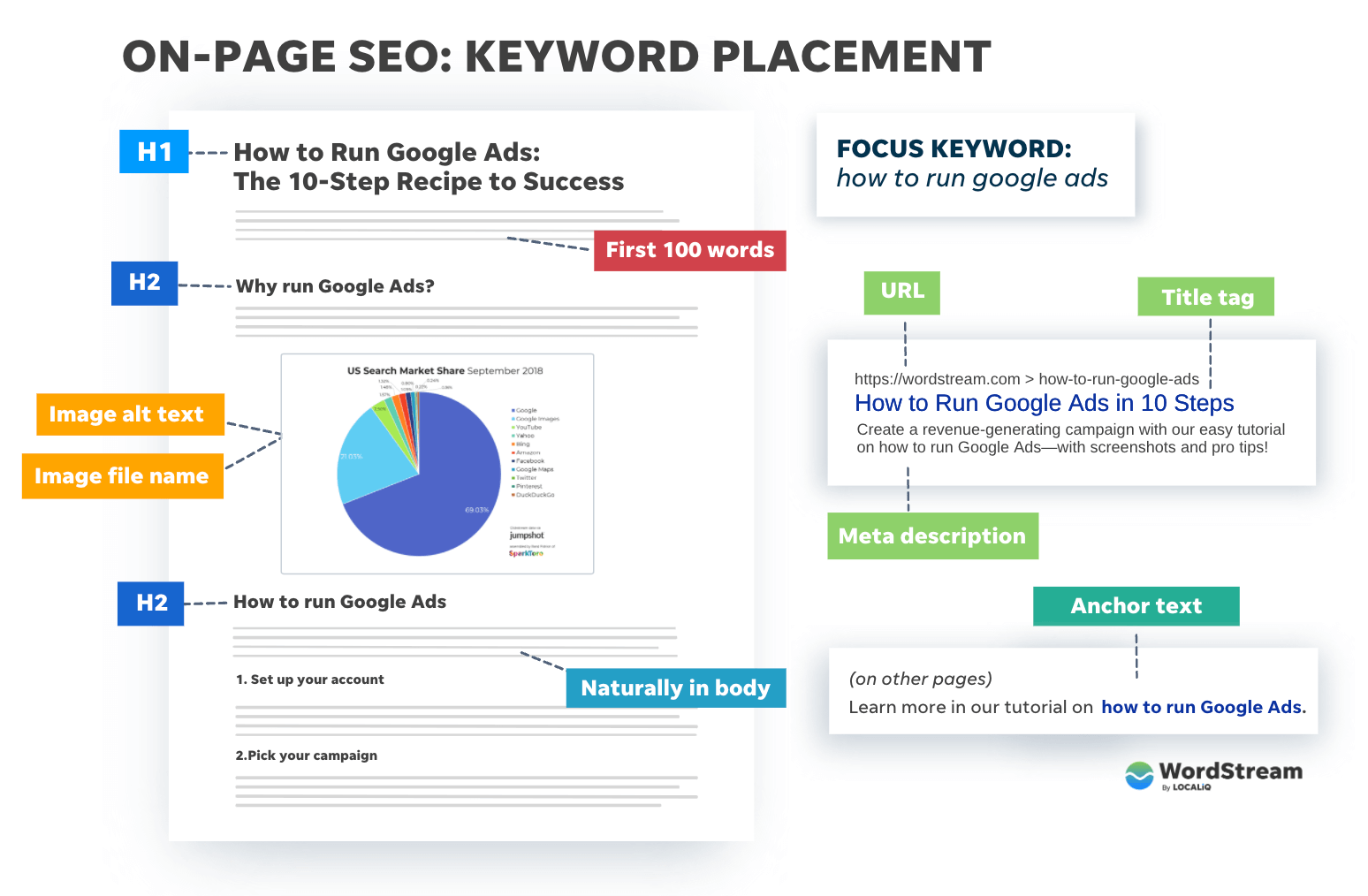Mastering Secondary Dimensions in Google Analytics: Their Importance and Effective Use
Maximizing Your Information Analysis With Second Measurement in Google Analytics for Informed Decision-Making
Google Analytics, an effective device in the hands of electronic online marketers and analysts, provides an attribute known as Additional Measurement. By touching right into the abilities of Additional Measurement, customers can gain a much more extensive view of their information, enabling them to make critical decisions based on an extra in-depth and nuanced analysis.
Recognizing Second Dimension Capability
Recognizing the second measurement performance in Google Analytics improves the deepness of data analysis by offering extra context to key metrics. By integrating a secondary dimension, experts can sector and contrast data, obtaining insights that would or else remain hidden. This function permits users to check out information with various lenses, such as the source of traffic, customer actions, or geographical place, providing an extra thorough understanding of internet site efficiency.
Making use of additional measurements can reveal patterns and correlations that might not appear when looking solely at main metrics. As an example, matching the key metric of page views with a second dimension like gadget classification can reveal whether particular devices drive more website traffic to particular web pages. This info can then notify website optimization techniques customized to different device customers.
Applying Additional Dimension in Reports
Building upon the understandings obtained via secondary measurement evaluation, incorporating these dimensions properly right into records in Google Analytics is essential for removing workable data-driven choices. what is a secondary dimension in google analytics. By implementing additional dimensions in records, customers can delve much deeper right into the efficiency metrics of their web site or app. This function allows for an extra comprehensive evaluation by giving extra context to the key measurement picked
To apply an additional dimension in records, just browse to the desired report in Google Analytics and click the "Second measurement" tab situated over the information table. From there, individuals can select from a vast array of secondary measurements such as 'Source/Medium', 'Gadget Group', or 'Landing Web page'. Picking one of the most appropriate second measurement will certainly rely on the particular insights you are seeking to discover.
Using secondary measurements in records not just improves the deepness of evaluation however also aids in identifying patterns, patterns, and connections that may have or else gone unnoticed. This tactical technique to information analysis makes it possible for services to make informed choices that drive growth and success.

Analyzing Data With Second Dimensions
Upon integrating additional dimensions into information evaluation within Google Analytics, a detailed evaluation of key performance indications can be achieved, supplying important insights for calculated decision-making. By using additional dimensions, analysts can further dissect their primary data dimensions, such as traffic sources or user demographics, to discover patterns or patterns that may not be promptly obvious. This deeper level of evaluation enables for a more thorough understanding of user behavior and communications on an internet site or electronic platform.
Assessing data with second dimensions allows marketing experts and site owners to address even more details concerns regarding their target market, material performance, and advertising and marketing efforts. By integrating the main dimension of traffic resources with a secondary measurement like geographical area, services can determine which areas drive the most important website traffic to their website. This kind of granular insight can notify advertising and marketing strategies, content production, and site optimization efforts to much better provide to the requirements and Visit Website preferences of their target audience.
Leveraging Additional Measurements for Insights
By incorporating secondary measurements effectively, experts can remove deeper understandings from information sets in Google Analytics, improving the understanding of customer behavior and performance metrics. Leveraging second dimensions involves integrating various characteristics or metrics with main information to uncover patterns and fads that may not appear in the beginning glance. For example, by including an additional measurement such as 'Gadget Classification' to a report on internet site web traffic, analysts can recognize whether user behavior differs throughout various tools like desktop computers, smart phones, or tablets.
Furthermore, making use of additional dimensions permits analysts to section data a lot more granularly, allowing them to recognize certain target market sectors or geographical places that display unique behaviors. what is a secondary dimension in google analytics. This segmentation can be important in tailoring advertising methods, maximizing internet site web content, or boosting customer experience based upon the unique characteristics of each section
Basically, leveraging additional dimensions in Google Analytics encourages analysts to dig deeper into information, obtain meaningful understandings, and make notified choices that drive service development and success.
Enhancing Decision-Making Through Secondary Measurements
Utilizing second measurements in information analysis supplies a strategic advantage by discovering actionable understandings that drive notified decision-making in Google Analytics. By enhancing decision-making through second dimensions, individuals can dive deeper into their data to draw out important info that may not be promptly obvious. These additional measurements offer a more extensive sight of customer behavior, interactions, and outcomes, allowing analysts to make even more informed decisions based on concrete information.
Through the utilization of additional measurements, analysts can segment and filter data to determine patterns, fads, and correlations that might influence decision-making procedures. This enhanced degree wikipedia reference of granularity enables a more targeted approach to evaluating data, resulting in even more accurate and informative final thoughts.
Moreover, additional dimensions offer the opportunity to compare various information points side-by-side, facilitating a more extensive evaluation of performance metrics and KPIs. By leveraging secondary dimensions effectively, services can maximize their techniques, boost individual experiences, and ultimately attain their goals with confidence.
Final Thought

Building upon the understandings gotten through additional measurement analysis, integrating these measurements successfully into reports in Google Analytics is essential for extracting actionable data-driven choices.To implement an additional dimension in reports, just browse to the wanted record in Google see page Analytics and click on the "Second dimension" tab situated over the data table. By using secondary dimensions, analysts can additionally study their primary information dimensions, such as traffic sources or individual demographics, to reveal patterns or patterns that might not be right away noticeable. By incorporating the primary measurement of web traffic resources with a second measurement like geographical place, services can recognize which areas drive the most useful traffic to their website.By integrating secondary dimensions successfully, analysts can draw out deeper understandings from data sets in Google Analytics, improving the understanding of individual actions and performance metrics.